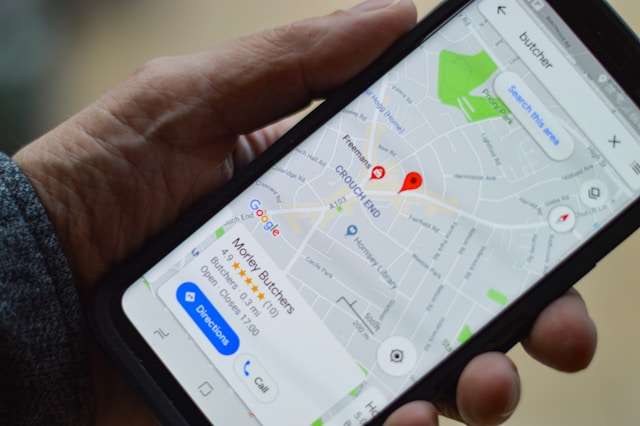
In today’s interconnected world, technology has made it possible to explore distant places and navigate unfamiliar streets without ever leaving the comfort of home. At the forefront of this digital revolution stands Google Street View, a groundbreaking feature of Google Maps that provides immersive, panoramic views of streets, neighborhoods, and landmarks around the globe. In this comprehensive guide, we’ll take a closer look at Google Street View, exploring its origins, features, uses, and the impact it has had on how we experience and interact with the world.
Google Street View
Google Street View made its debut in 2007 as an extension of Google Maps, initially covering only a handful of cities in the United States. Over the years, Google has expanded Street View’s coverage to encompass virtually every corner of the globe, from bustling city streets to remote countryside roads and even the depths of the ocean. What began as a simple navigation tool has evolved into a powerful platform for virtual exploration and discovery.
How It Works
At its core, Google Street View relies on a fleet of specially equipped vehicles equipped with cameras and GPS technology to capture street-level imagery. These vehicles traverse roads and thoroughfares, capturing 360-degree panoramic views of their surroundings. The imagery is then stitched together and integrated into Google Maps, allowing users to navigate through virtual streets and explore destinations from ground level.
Features and Functionality
Google Street View offers a range of features and functionality designed to enhance the user experience and facilitate exploration. Some key features include:
- Panoramic Views: Users can navigate through immersive, 360-degree panoramas of streets and landmarks, providing a sense of being physically present in the location.
- Interactive Navigation: Street View allows users to move seamlessly along streets, rotate their viewpoint, and zoom in on specific areas for closer inspection.
- Indoor Views: In addition to outdoor locations, Street View also offers indoor views of select businesses, museums, and attractions, allowing users to explore interior spaces in detail.
- Time-Lapse Imagery: Some locations in Street View feature time-lapse imagery, allowing users to see how a particular area has changed over time.
Uses and Applications
Google Street View has a wide range of practical and recreational uses across various industries and domains. Some common applications include:
- Travel Planning: Street View helps travelers research destinations, plan routes, and get a feel for the layout and atmosphere of unfamiliar places before embarking on their journey.
- Real Estate: Real estate professionals use Street View to provide virtual property tours, allowing prospective buyers to explore neighborhoods and assess the surroundings of potential homes.
- Education and Research: Street View serves as a valuable educational tool for students and researchers, enabling virtual field trips, cultural exploration, and geographic study from the comfort of the classroom or home.
- Urban Planning: City planners and developers use Street View to assess infrastructure, traffic patterns, and urban design elements when planning and designing cities and public spaces.
Accessibility and Inclusivity
One of the most significant benefits of Google Street View is its accessibility and inclusivity. Regardless of physical limitations or geographic location, anyone with internet access can use Street View to explore the world around them. This democratization of access to information and experiences has profound implications for fostering empathy, understanding, and connection across cultures and communities.
Let’s Embrace the Joy of Easter
Privacy and Ethical Considerations:
While Google Street View offers unprecedented access to the world’s streets and landmarks, it also raises important privacy and ethical considerations. Concerns have been raised regarding the collection and dissemination of sensitive information, including faces, license plates, and private property. Google has implemented measures to address these concerns, including blurring faces and license plates and providing tools for users to report inappropriate imagery.
The Future of Street View
As technology continues to advance, the future of Google Street View holds exciting possibilities. Innovations such as augmented reality (AR) integration, virtual reality (VR) experiences, and AI-driven enhancements promise to further enrich the Street View experience, making virtual exploration even more immersive and interactive. Additionally, as global connectivity improves and new areas are mapped, Street View will continue to evolve, offering new perspectives and opportunities for discovery.
Conclusion
In conclusion, Google Street View represents a remarkable achievement in digital mapping and virtual exploration. By harnessing the power of technology to capture and share immersive, street-level imagery, Street View has transformed the way we navigate, explore, and understand the world around us. Whether planning a trip, researching a new neighborhood, or simply satisfying curiosity, Street View offers a window into the diverse landscapes, cultures, and experiences that make our planet unique. As technology advances and Street View continues to evolve, the possibilities for virtual exploration are limited only by our imagination. So, dive in, explore the world from your screen, and embark on a journey of discovery through the digital streets of Google Street View.